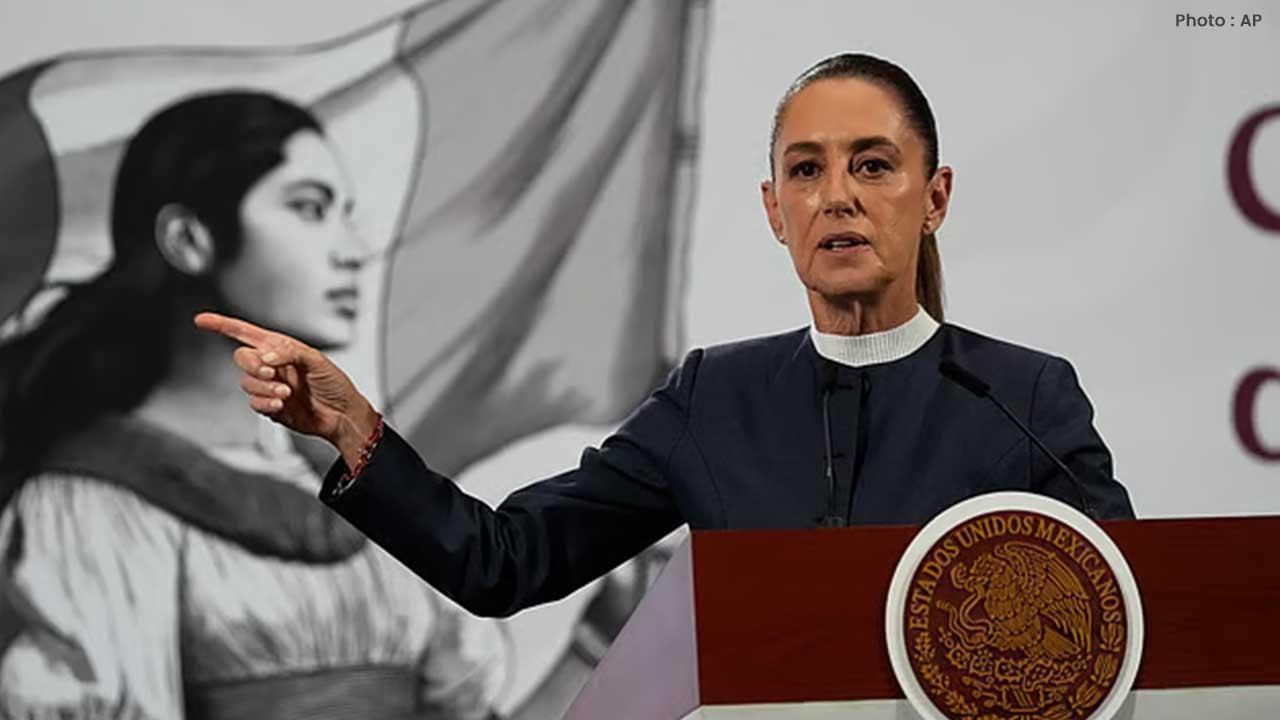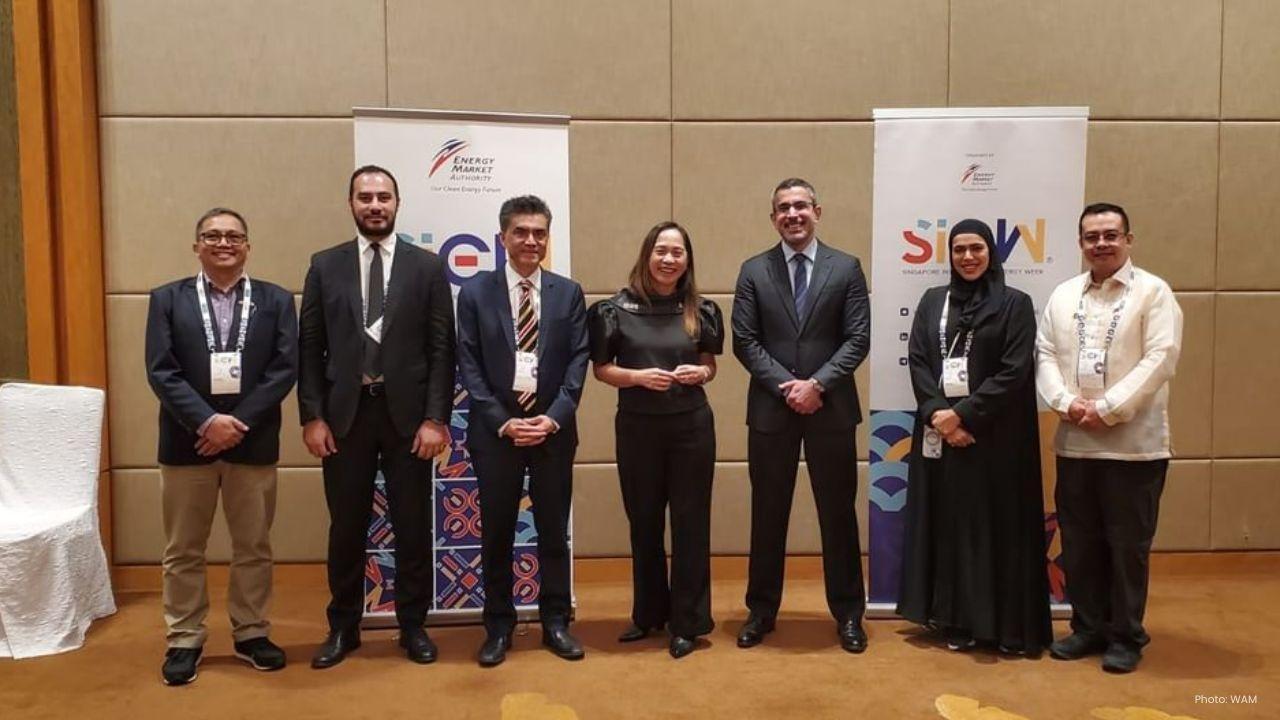
Join 10k+ people to get notified about new posts, news and tips.
Do not worry we don't spam!

Post by : Anis Farhan
The global green bond market has officially surpassed the $2 trillion issuance milestone in 2025, marking a major victory for sustainable finance. This rapid expansion reflects a global consensus on mobilizing capital toward climate action and energy transition. For Emerging Asia—particularly Southeast Asian nations like Indonesia, Malaysia, Vietnam, and Thailand—this achievement is both an opportunity and a challenge.
While the region is one of the most vulnerable to climate change impacts, it has also been historically underrepresented in green bond issuance. Now, with global investors actively seeking ESG-aligned investments and multilateral banks offering more concessional financing, Southeast Asia has the chance to accelerate its green transformation. But the road to integration into this $2 trillion space requires regulatory clarity, pipeline development, and institutional readiness.
Green bonds—debt instruments issued specifically to fund environmentally friendly projects—have exploded in popularity over the last decade. In 2015, global issuances stood at just over $40 billion. Fast forward to 2025, and the cumulative total has crossed the $2 trillion mark, with Europe, North America, and China leading the charge.
This surge has been driven by increasing investor demand for climate-resilient portfolios, tightening ESG regulations in the EU and US, and a growing body of evidence linking sustainability to long-term financial performance. Asset managers such as BlackRock, Amundi, and Temasek have all increased their green bond allocations.
In addition, global multilateral institutions like the World Bank, ADB, and the Asian Infrastructure Investment Bank (AIIB) have launched green bond facilities specifically aimed at emerging economies. These developments are paving the way for capital flow redirection into the Global South—where Southeast Asia stands out for both its risk exposure and its renewable potential.
Despite significant climate risks, Southeast Asia accounts for less than 5% of global green bond issuances to date. However, there have been some notable advances:
Indonesia issued its first sovereign green sukuk in 2018 and has since become a regular issuer, raising over $4 billion cumulatively.
Malaysia, through institutions like Khazanah and Maybank, has developed Islamic green bonds (sukuk hijau), which are attracting Shariah-compliant ESG investors.
Singapore launched a Green Bond Framework in 2022 and is now leading the region with corporate green bond offerings in real estate and logistics.
Vietnam and Thailand have begun regulatory reform to align with the ASEAN Green Bond Standards.
Yet the uptake is uneven. Regulatory hurdles, lack of project bankability, limited awareness among smaller financial institutions, and inconsistent ESG rating methodologies have slowed progress. For the region to meaningfully participate in the $2 trillion club, a more coordinated policy and financial architecture is needed.
Emerging Asia’s green potential is massive. The region is home to dense urban populations, fast-growing energy demand, and abundant solar and wind resources. It also suffers from some of the highest exposure to rising sea levels, floods, and heatwaves.
This dual characteristic—vulnerability plus opportunity—makes ASEAN particularly attractive to ESG-focused investors. The region offers a strong climate impact per dollar invested, especially in sectors like:
Renewable energy (solar in Indonesia and Vietnam, hydro in Laos)
Sustainable agriculture (Indonesia, Philippines)
Clean transport and urban infrastructure (Thailand, Singapore)
Waste and water management (Malaysia, Cambodia)
Moreover, with rising middle-class populations and rapid urbanization, ASEAN economies offer scale, speed, and sustainability—all crucial for green bond investors looking beyond low-yield developed markets.
To tap into the next wave of green bond capital, Southeast Asia must act on several fronts:
Standardization: Aligning national green bond frameworks with international benchmarks like the ICMA Green Bond Principles or EU Taxonomy is key. The ASEAN Green Bond Standards are a start but need stronger enforcement.
Pipeline development: Many governments lack a robust pipeline of green projects. A central repository or clearinghouse of pre-certified green infrastructure projects could ease the investor due diligence burden.
Guarantee mechanisms: Credit enhancement tools like partial guarantees, blended finance from MDBs, and green bond insurance can improve the risk-return profile for global investors.
Capacity building: Many financial institutions and municipalities lack the expertise to structure, monitor, and report on green bond projects. Targeted training and technical assistance are needed.
Tax incentives: Tax exemptions or deductions on green bond income could catalyze retail investor participation, as seen in India and China.
Singapore offers a blueprint for how regional economies can scale up green bond markets. In 2023, it issued a $2.8 billion sovereign green bond to fund electric rail infrastructure. Since then, MAS has mandated ESG disclosures for all large-cap firms and created a Green Finance Industry Taskforce to guide best practices.
Moreover, the city-state has launched a Carbon Exchange and introduced taxonomies that go beyond environmental impact to include social and governance metrics. These developments have made Singapore not only a destination for green bond issuance but also a hub for ESG investment advisory.
For the rest of ASEAN, replicating such a model at a localized scale—tailored to their economic and political contexts—can significantly enhance their global green bond participation.
With the global green bond market poised to add another trillion by 2027, the question isn’t whether Emerging Asia will be involved—but to what extent. Countries that streamline regulations, offer bankable projects, and attract blended finance are likely to capture a significant share of this capital.
This isn't just about climate credentials—it’s also about geopolitical relevance. As climate finance becomes a core pillar of international relations, participation in green bond markets may determine access to larger pools of aid, trade privileges, and technological cooperation.
The opportunity is massive. So is the responsibility.
This article is meant for informational purposes only. It does not offer financial, legal, or investment advice. Readers should consult certified professionals before making any investment decisions.










Zohran Mamdani Clinches NYC Mayoral Seat as Victory Speech Blends Politics and Bollywood
Zohran Mamdani won New York City's mayoral race, becoming the city's first Muslim and South Asian ma

India Wins First Women’s World Cup 2025 Title
India lifts its maiden Women’s World Cup 2025 title! Harmanpreet Kaur’s team stuns South Africa in a

Manuel Frederick, 1972 Olympic Bronze Goalkeeper, Dies at 78
Manuel Frederick, a member of India’s 1972 Olympic bronze hockey team, has died in Bengaluru at 78 a

Muhammad Hamza Raja Wins IFBB Pro Card Puts Pakistan & UAE on Global Stage
Pakistani bodybuilder Muhammad Hamza Raja earns IFBB Pro Card in Czech Republic, showcasing Dubai’s

Shreyas Iyer’s Recovery Underway After Spleen Laceration in Sydney ODI
Shreyas Iyer is recovering after a spleen laceration sustained while taking a catch in the Sydney OD

Qatar Ready to Host FIFA U-17 World Cup 2025 in Aspire
Qatar confirms full readiness to host the FIFA U-17 World Cup 2025 from November 3–27, with world-cl